RESEARCH THEMES

Life-history trait variation
Life-history traits, such as growth, maturation schedules, and offspring size/number, have strong influence on population trajectories and will affect how populations respond to external stressors, such as fishing. Many fish species express high variation in life-history traits, both over time and within and across populations. Understanding factors structuring such variation is not always straightforward as most life-history traits are influenced by a combination of genetic and environmental conditions. We use a combination of experimental studies, data analyses and simulation models to both document patterns of intra-specific life-history trait variation and appreciate the processes contributing to such variation.
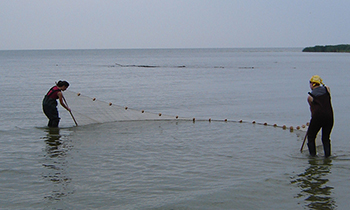
Recruitment dynamics
For many fishes, population-level reproductive success (recruitment) is highly variable across space and time. Most fish species produce a huge number of offspring, but the vast majority of these offspring die during very early life. Thus, small changes in survival during early life can have huge effects on the future size of an adult fish population. We use various methods (field studies, simulation models, data analyses) to try to understand the processes that structure recruitment variation, both from year to year and across habitats.
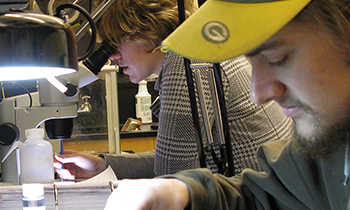
Effects of eutrophication and hypoxia
Heightened nutrient loading to aquatic systems can have a suite of effects, from harmful algal blooms to reduced water clarity and increased hypoxic conditions. Our research focuses on understanding the impacts of these physico-chemical and lower trophic level consequences on consumers, including invertebrates and fish. In particular, we have worked to understand how nutrient-induced hypoxia effects distributions, foraging, growth, mortality and ultimately population dynamics of important fish populations.
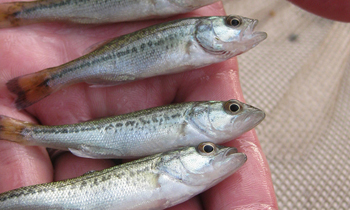
Managing for phenotypic diversity
Many fish populations are characterized by a high level of diversity in aspects such as diet, size, morphology, habitat utilizations and spawning preferences. Our research has documented various types of intra-population phenotypic diversity. We are now interested in developing management approaches to promote such diversity as a way to buffer against artificial perturbations and intrinsic changes in population characteristics.
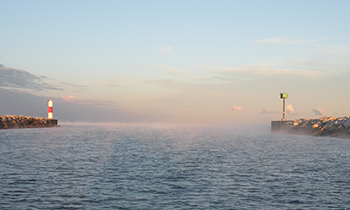
Glacial lakes
Indiana contains about 450 natural glacial lakes >1 ha. These lakes are some of the most southern glacial lakes in the United States and exist in a highly modified landscape with various human uses and intensive agriculture. We study how natural and anthropogenic factors structure fish population and community patterns both within and across lakes. Of note, we have worked to elucidate factors influencing persistence of cisco, a native coldwater species which has been extirpated from >85% of Indiana lakes where they previously existed.

Great Lakes fisheries and ecology
The Laurentian Great Lakes support an interesting biota of native and non-native organisms which collectively provide a variety of services, including a diversity of important fisheries. However, various natural and anthropogenic stressors (e.g., invasive species, habitat destruction, climate change, eutrophication, fishing) threaten Great Lakes ecosystems and the fisheries that depend on them. We conduct a number of field, experimental and modeling studies to understand past, current and potential future ecological dynamics in various Great Lakes systems, such as Lake Michigan, Lake Erie and Saginaw Bay.
APPLIED PROJECTS
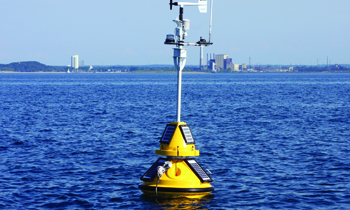
LAKE MICHIGAN BOUY
These real-time buoys broadcast water conditions to help scientists, managers, residents, and the lakes recreational users understand how the lake works, how things look today, and how things will look in the future.
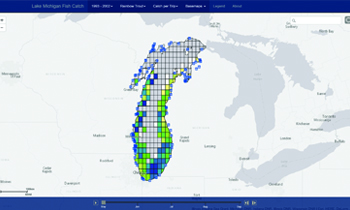
LAKE MICHIGAN HARVEST APP
This application provides anglers on Lake Michigan with information about catch rates of Rainbow Trout, Lake Trout, Chinook Salmon, Brown Trout, and Coho Salmon over the past two decades.
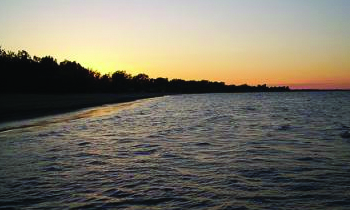
SAGINAW BAY RESTORATION
Taking the first steps to restore rock reef spawning habitat within inner Saginaw Bay